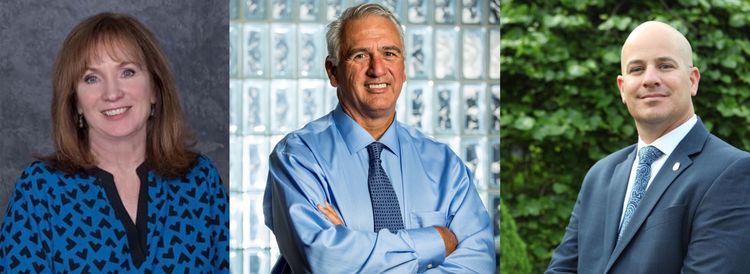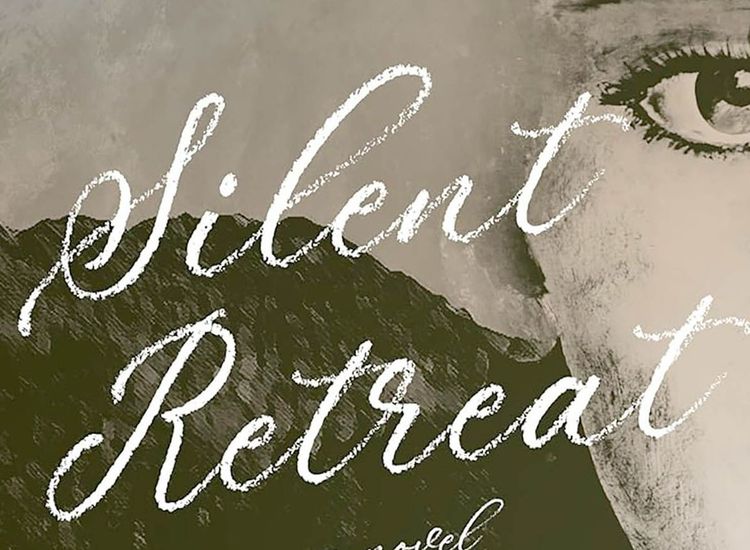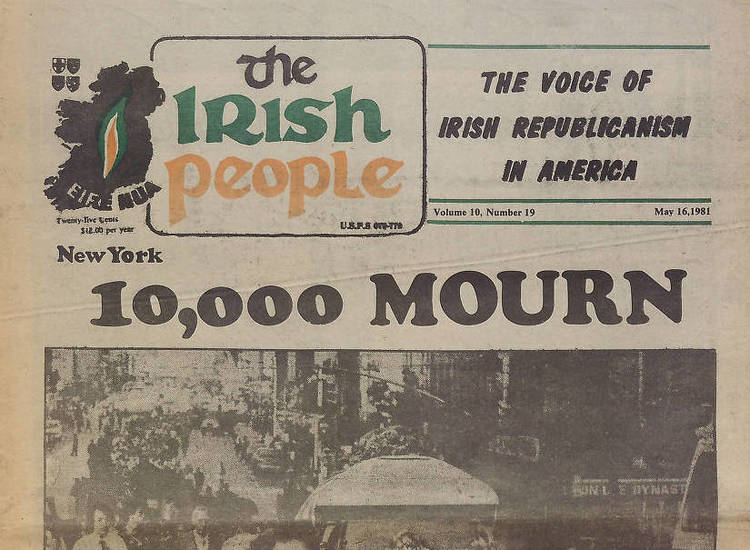The Statue of Liberty is greeting far fewer Irish immigrants these times
By Larry Kirwan
Ireland and Irish America are drifting apart.
The links between the two countries remain strong but the dearth of Irish immigrants is finally taking its toll.
I began to notice the change in the late 1990s around Irish saloons in Chicago, Milwaukee, Cleveland, Detroit, and other cities in the greater Mid-West.
But I attributed it to the return home of so many Irish during the Celtic Tiger Years.
One could say the change really began with the Hart-Celler Act of 1965.
This ended a long-standing quota system based on national origin that favored Irish immigration.
One side effect of this act was that during the watershed 1960s, with the lack of new blood arriving, values and attitudes calcified.
When I first played at dance-pubs like Durty Nelly’s and The Archway in The Bronx in the mid-70s, I often felt like I was stepping back in time.
I was with Turner & Kirwan of Wexford then – a progressive duo who specialized in long, complicated musical pieces.
We quickly had to revert to sets of three fast songs and then three smooches in order to retain the gigs and keep the patrons happy.
The ladies, for the most part, wore dresses and heels, the gentlemen suits.
The only difference between a Kingsbridge Road saloon and a 1950s Irish ballroom was that everyone got blasted and danced until near dawn.
The 80s changed this state of affairs.
Mass unemployment in the Republic and violence in the North led to a surge in illegal immigration.
Bainbridge, Woodside, Bay Ridge, and other Irish enclaves around the country thrummed to the beat of the “New Irish” who transformed Irish America in that rollicking decade.
Those Northern Irish immigrants who had come of age in “the struggle” radicalized Irish-America in the years between the Hunger Strikes and the Peace Process.
In fact it could be argued that many Irish Americans knew far more about what was going on in the Falls Road or South Armagh than most residents of the Republic.
A somewhat blind eye was turned towards the undocumented Irish back then.
Stay out of trouble and you had little to fear; it didn’t hurt that many in the law-enforcement community were of Irish descent.
All changed after 9/11.
Fortress America clanged shut with a vengeance and there’s little likelihood of the doors opening anytime soon.
Ireland, however, was changing too.
The ongoing scandal of pedophilia destroyed the power of the Catholic Church, while a booming economy opened minds as well as wallets.
Ireland truly became a European country and a young person was as likely to move to Berlin as The Bronx.
The invasion of Iraq in 2003 was one of the breaking points.
While approval ratings for this disaster were in the 70 percent range in the U.S., Irish disapproval numbers were roughly the same.
Why go to a country where you were unwelcome and forced to bite your tongue before making a political statement?
Better instead emigrate to more liberal Australia, Canada, or mainland Europe.
Socially, the gulf continues to grow.
Ireland has just elected a gay man of Indian descent as taoiseach. Such an event is unlikely to happen here in the near future.
Nonetheless, native Irish and Irish Americans still share many bedrock values.
But as someone who has visited every major Irish-American community with Black 47, the divide seems to be widening rather than diminishing.
Who knows if President Trump will be re-elected in 2020, or even survive until then?
But he has unleashed some serious Nativist and Know-Nothing forces that don’t bode well for Irish immigration, legal or otherwise.
Meanwhile, most young native Irish never even cast a thought about moving to The Bronx, Beverly, Tipperary Hill or the hundreds of other once bustling Irish-American centers.
They have Sydney, Toronto, Paris and Berlin on their minds.
What a waste!
And how shortsighted that we’re driving away a well-educated and dynamic demographic that once naturally gravitated to the United States.
In a fractured political environment, it’s time to put pressure on politicians from both parties to come together and introduce new legislation that would encourage young Irish people to come here once again and help revivify the connection between the “old country” and Irish America.









